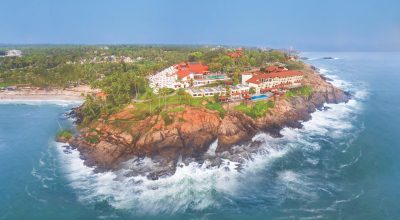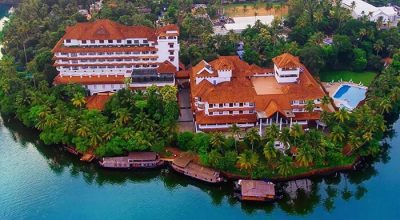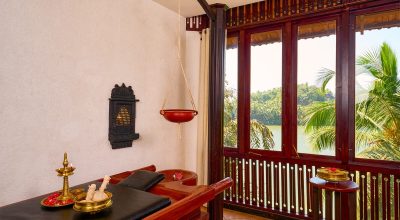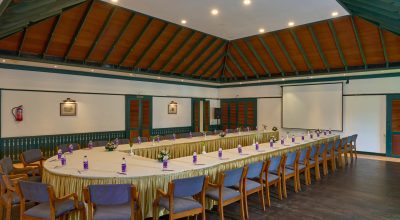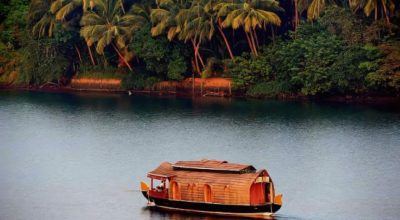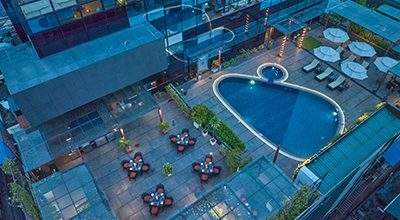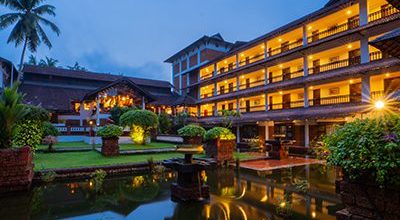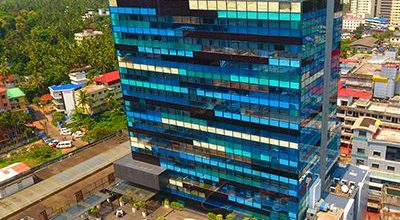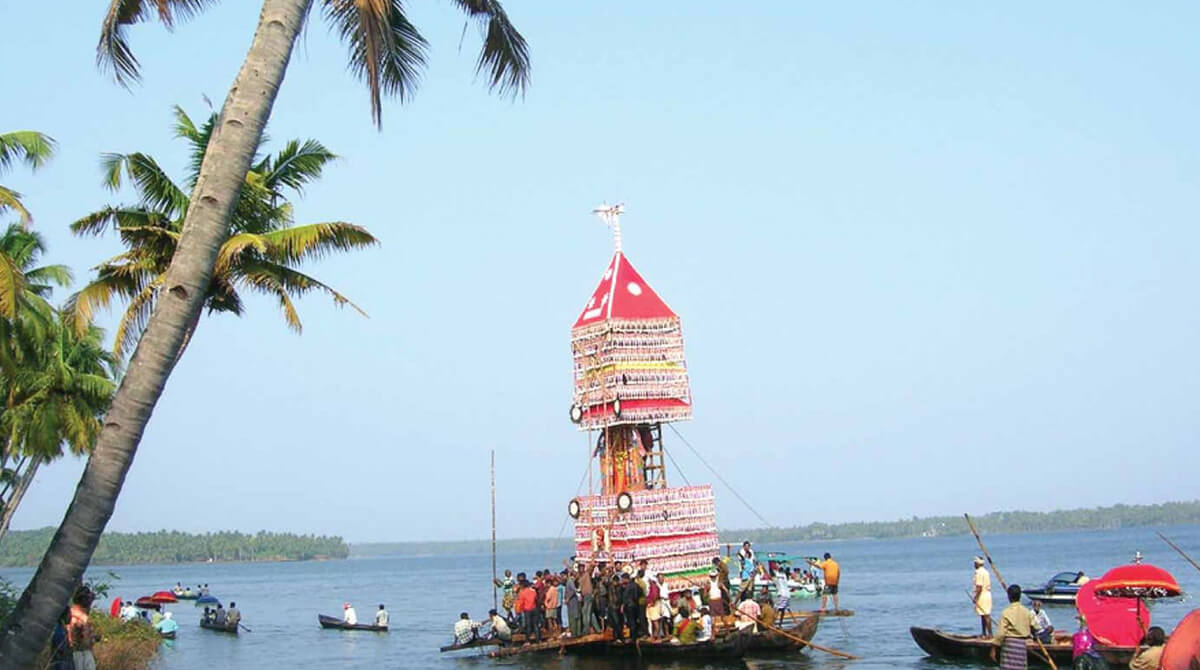The picturesque Ashtamudi Lake attracts tourists in their thousands every year for its unforgettable backwater cruises, and other attractions associated with its vast wetlands and surrounding beaches. The lake, which is a fusion of eight smaller lakes, never ceases to rivet the attention of onlookers by its alluring beauty. Aside from this, the lake has also had a strong influence on the artistic, cultural and revolutionary sphere of Kerala.
The historical port city of Kollam is located on the right banks of the Astamudi Lake and was formerly a major gateway for trade with the West and China. Today, it is famous for being the cleanest city of India (as of 2015) and as the center for world cashew exports. Kollam, and inevitably, the Ashtamudi Lake’s importance are dated back to the Phoenicians and the Romans. Ibn Batutta, famous Medieval Moroccan Muslim traveler and scholar, mentioned Quilon (present-day Kollam) port as a point for Chinese trade. Links with Persia (9th century), Chinese mandarin in 1275 AD, Portuguese in 1502 AD, and the Dutch followed by the British in 1795 AD are recorded in history. These have all left their impacts on the culture and religions of Kollam. The predominant religions found in Kollam district are Hinduism, Christianity and Islam.
Kollam has several important temples that are venerated and visited by thousands of Indians throughout the year. Every temple has its own folklore which throws light on some aspect or the other of the early culture practiced by the local indigenes and the efforts that went into the construction of that temple. The Veerabhadra temple in Ashtamudi is significant as it’s the only temple in southern India which has Veerabhadra as the presiding deity. Another temple, the Oachira temple, is an extremely old temple and is one, among the most sacred places in India, in accordance with Puranas. Two famous festivals celebrated by this temple are the Oachira Vrischikam and the Irupathattam onam. During the first festival, traditional martial art experts take part in heart thumping mock fights in muddy waters that are a treat for the strong at heart. The second festival is more benign and is the festival of cattle, where gigantic idols of bulls are made with cloth and hay and displayed.
The Ashramam Sree Krishnaswamy temple is located on the eastern banks of the Astamudi Lake and is associated with the old Thevally palace, also built on the banks of the lake. The famous Sreemahadeva temple is located on the western banks of the lake and includes the use of the lake for performing various rituals.
The Anchal Agasthyakode Mahadeva Temple is unique also as people of all castes and religions join together for the Sivarathri festival. Another interesting temple is the Kottamkulangara Temple, where there is a tradition of men, wearing women’s attires, take part in certain rituals. Other famous temples in this area include the Kottarakkara Ganesh temple, the Paravur Puttingal Devi temple, The Ammachiveedu temple and the Umayanalloor Sri Balasubramanya Swami Kshethram temple.
A vast majority of the temples we find today had their origins during the 8th century AD. Majority of the temples, however have been renovated numerous times since then, due to the perishable nature of the construction materials used, and bear very little resemblance to the original architecture. The architecture of temples found here have very little resemblance to temples found elsewhere in India; the temples here bear an inherent simplicity and have a distinct style of their own due to the lavish use of wood. This is because of the rich forest coverage found in Kerala. The same concept is applicable in even some of the traditionally built houses here.
The base structure of the temples are made using granite and laterite and the roof structure maybe single, double or even three storied to protect the inner skeletal wooden framework from the vigorous monsoons prevailing in this area. The roofs are steep and pointed and made of wood covered with copper sheets, similar to what is seen in the Himalayan regions and in Eastern Asia. The roofs of the famous and enormously rich Sabarimala temple and the Guruvayoor temple, both in Kerala also, are an entirely different story and are covered with real gold plates instead of the lesser copper. The temple design includes large spacious courtyards, wide porches, a kitchen set in the south-eastern corner as per the science of Vastu, other subsidiary shrines as well as a temple pond. Murals and carvings on the temple walls tell their own stories of its traditions to the onlooker.
There is usually a traditional theatre hall with a stage where ethnic dance recitals and hymns as well as rich legends of the Indian cultural fabric are shared. Temples hold an importance place in the lives of the Kerala indigenes, with several temples being traced to times of antiquities, although frequent reconstructions have given them an entirely different look.
Getting to Kollam to get close to all this cultural beauty isn’t difficult at all as the city is well connected by highways. The Trivandrum airport is just about 70km away for those who are visiting by air and many trains connect with the Kollam Junction railway station. Once you get there, accommodation is also not worthy of worrying about as the city offers hotels and lodges to fit every pocket. The Raviz chain of hotels has accommodations built on the bank of the Lake and with its floating restaurant on the lakeside, it’s a must-visit place also to complete your visit to Astamudi Lake.

